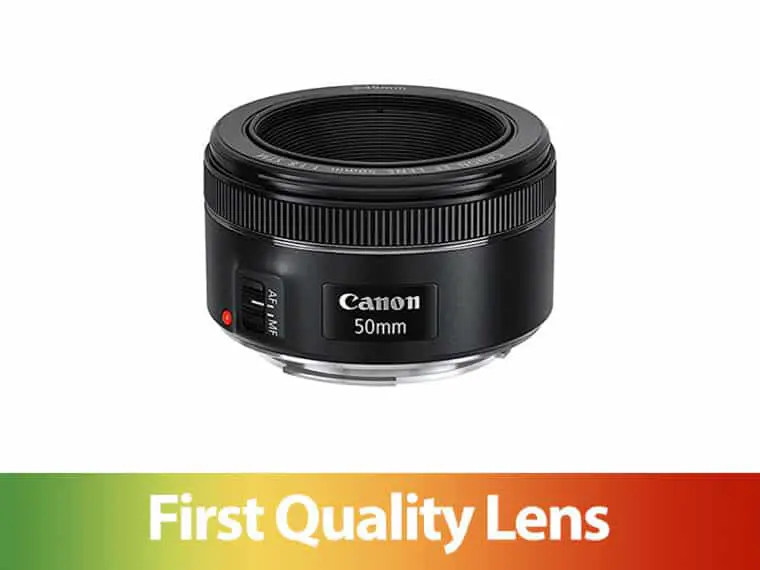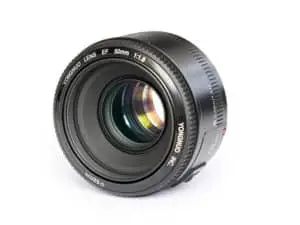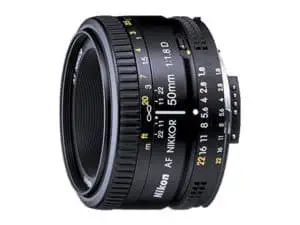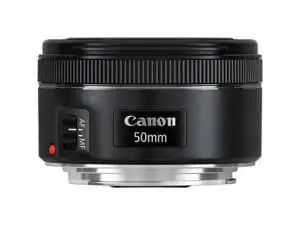The “kit” lens that came with your camera enabled you to use your camera but no doubt you will outgrown it in a hurry! At least if you really learn how to use your camera you should. Hopefully you are here because you are looking for advice on a relatively inexpensive lens that will enable you to dramatically increase the quality of your images.
After a kit lens, the first “quality” lens a beginning photographer should buy is one known as a “nifty fifty”. It is a prime (doesn’t zoom) lens that has a label of “50mm” and an maximum aperture of f/1.8.
How Much is a “Nifty Fifty” Lens?
I wish that “nifty fifty” stood for $50 for the lens. Actually, it can for some cameras. Yongnuo is a 3rd party manufacturer of photography equipment that may not be the very best build quality functions great and in this case produces great images for an extremely reasonable price of about $50. If that is all you have in the budget, then grab the Yongnuo 50mm f/1.8 prime and get shooting!
If there is a little more in the budget then getting the 50mm f/1.8 lens from your manufacturer is going to give you better build quality for a slightly more expensive lens. The Canon 50mm f/1.8 STM runs $140. It is better build quality and STM is Canon’s technology that makes the focus motor very quiet. It is worth 3x the money.
For Nikon cameras you want the NIKKOR 50mm f/1.8D that runs about $130. Again, better build quality over the Yongnuo lens and if you can afford it you should go here.
Why a “Nifty Fifty”?
The are two reasons the nifty fifty is going to improve your photos. The wide open f/1.8 aperture and the optical quality of the lens.
Wide Open Aperture
A large aperture (small number) opens up a world in photography you can’t get to with a kit lens. The widest open a kit lens can go is usually about f/3.5 and getting the aperture open all the way to f/1.8 makes low-light photography and impressive portraits possible. Especially if you have followed my advice and bought a crop sensor body.
Crop sensor bodies like the Canon 7D Mark II and the Nikon D500 have a “zoomed” in field of view compared with full frame cameras and that means it takes a wider aperture (again, smaller number) to get a blurry background on portrait photos. You will be amazed at the new world of photography that is opened up with the nifty fifty over your kit lens.
Optical Quality
True really of all primes, manufacturers can produce less expensive lenses with much better ability to bring light to the digital sensor of your camera without the least amount of modification. It is a much easier problem to solve when they don’t have to worry about having the elements inside the lens move around as you zoom and out with non-prime lenses.
The lens elements inside are manufactured and installed with higher precision than the kit lenses, making them much sharper than kit lenses. They also have coatings on the front element that help with things like lens flare and durability.




